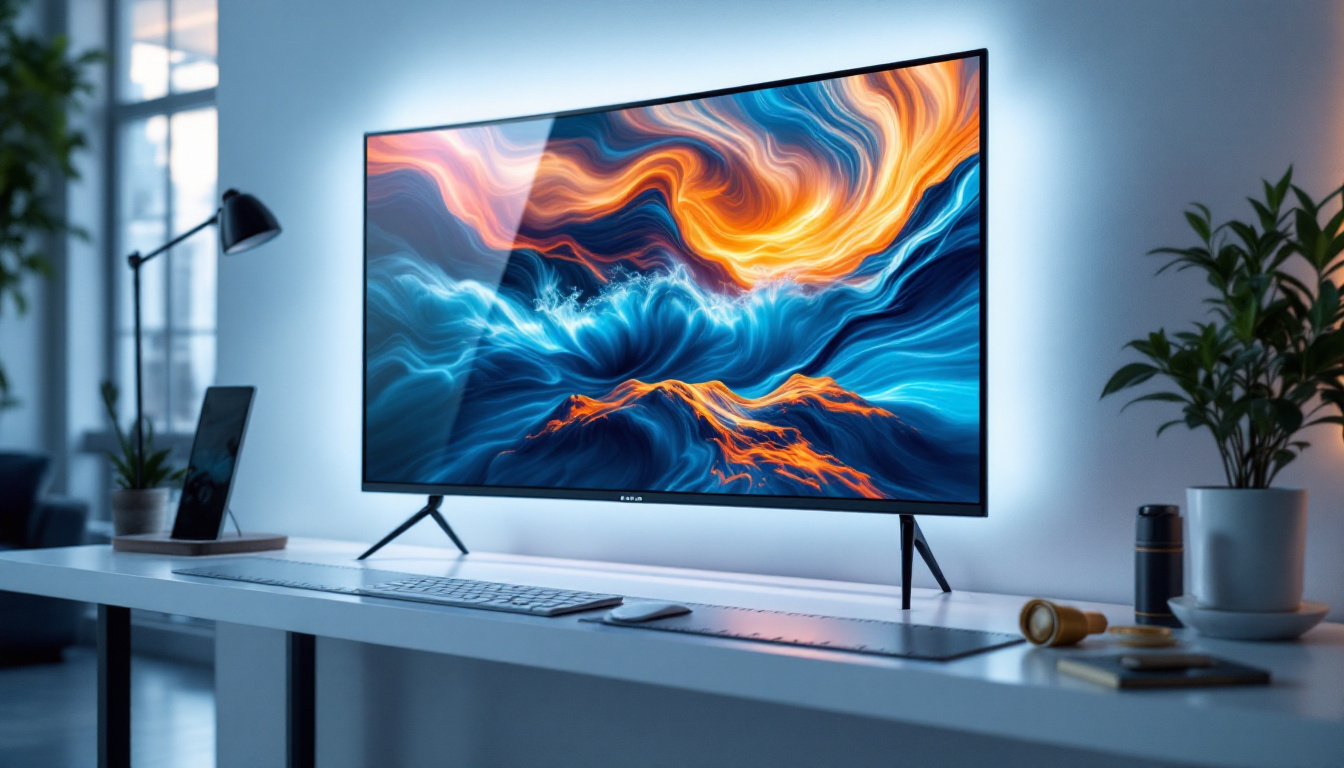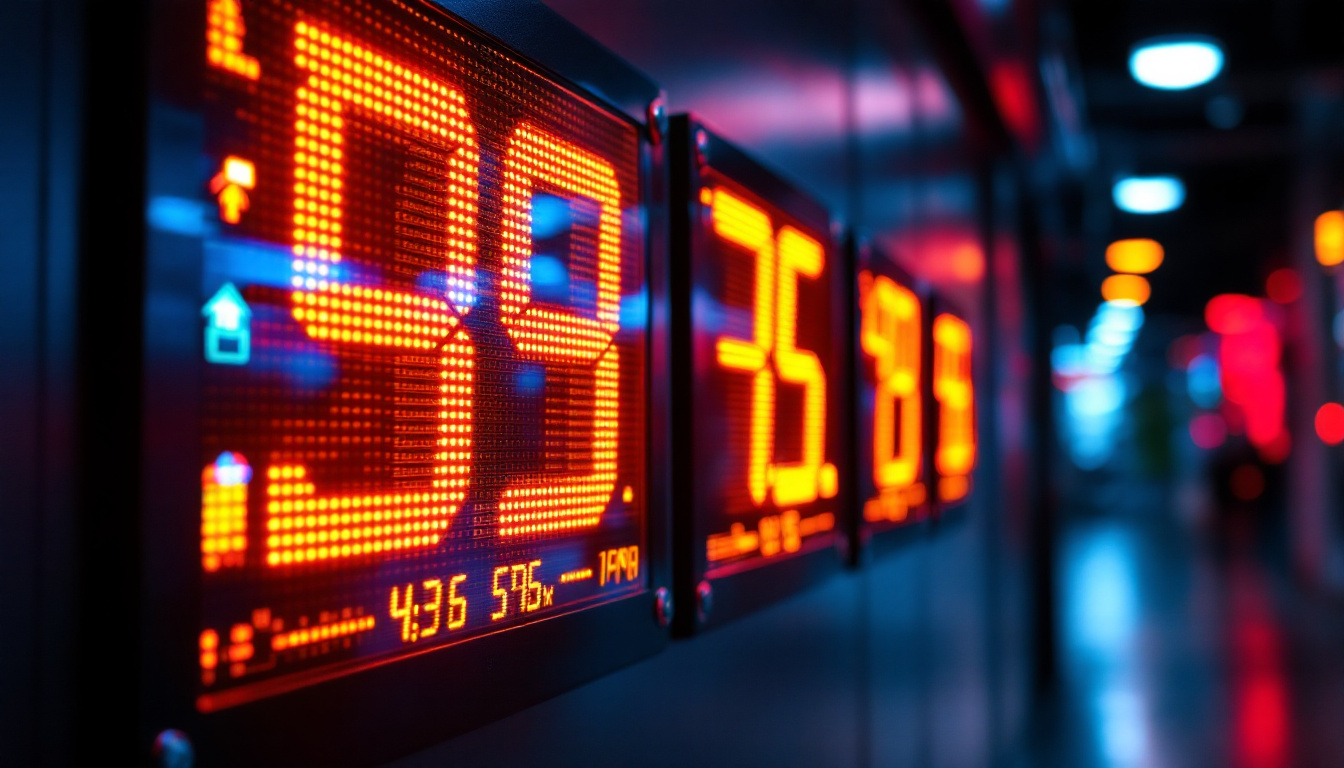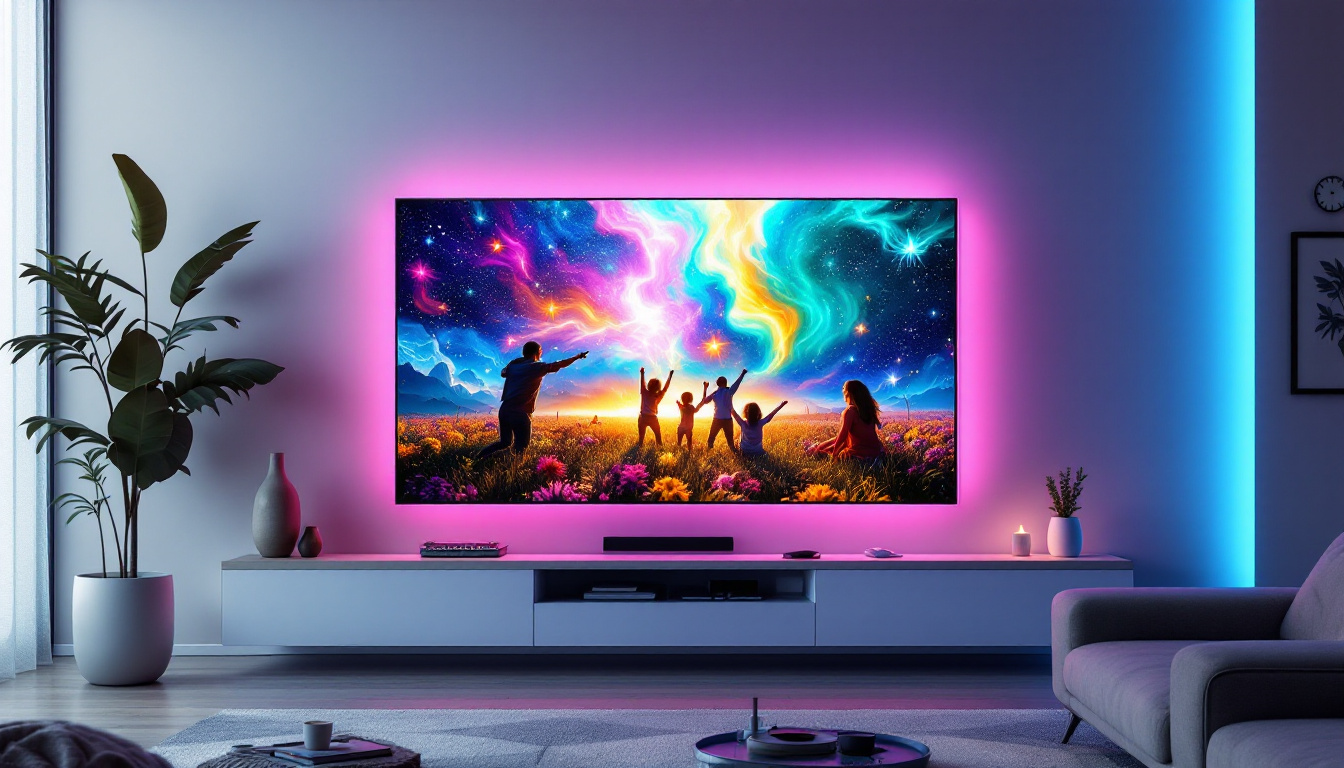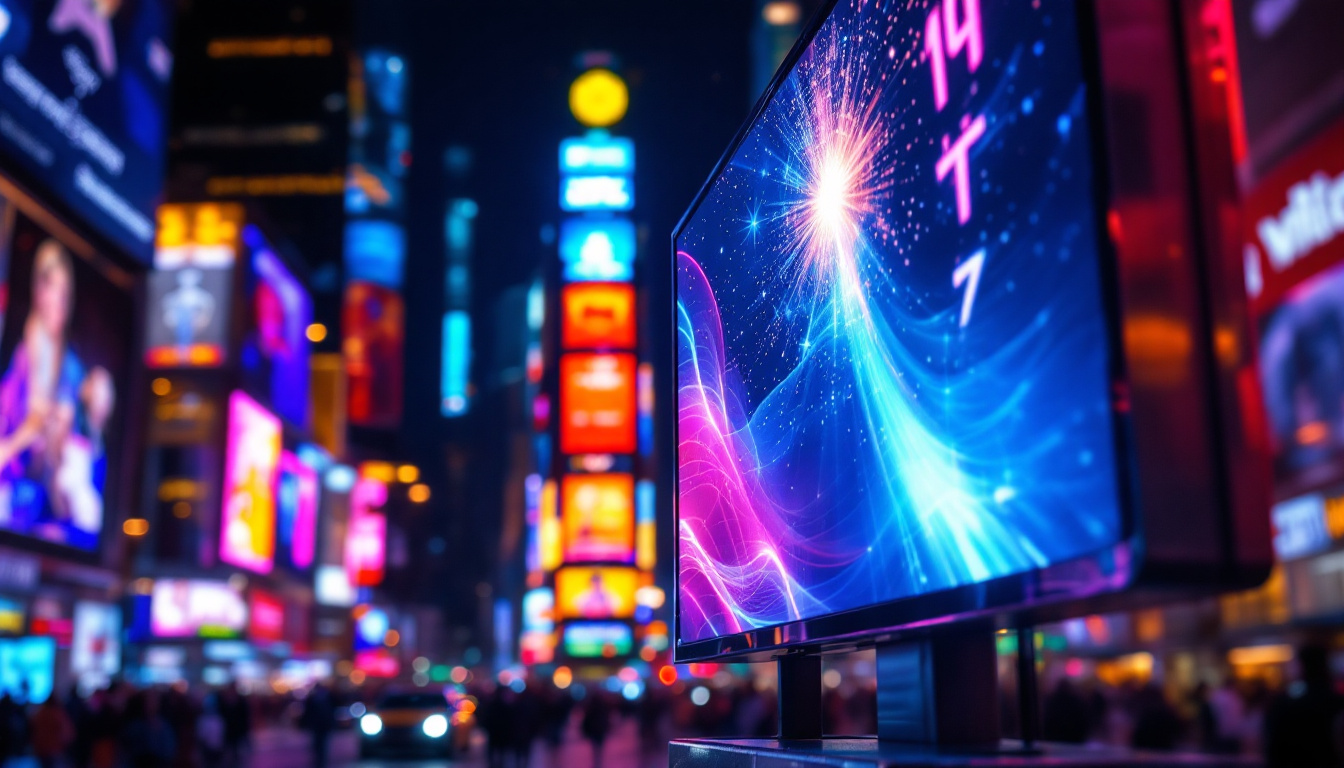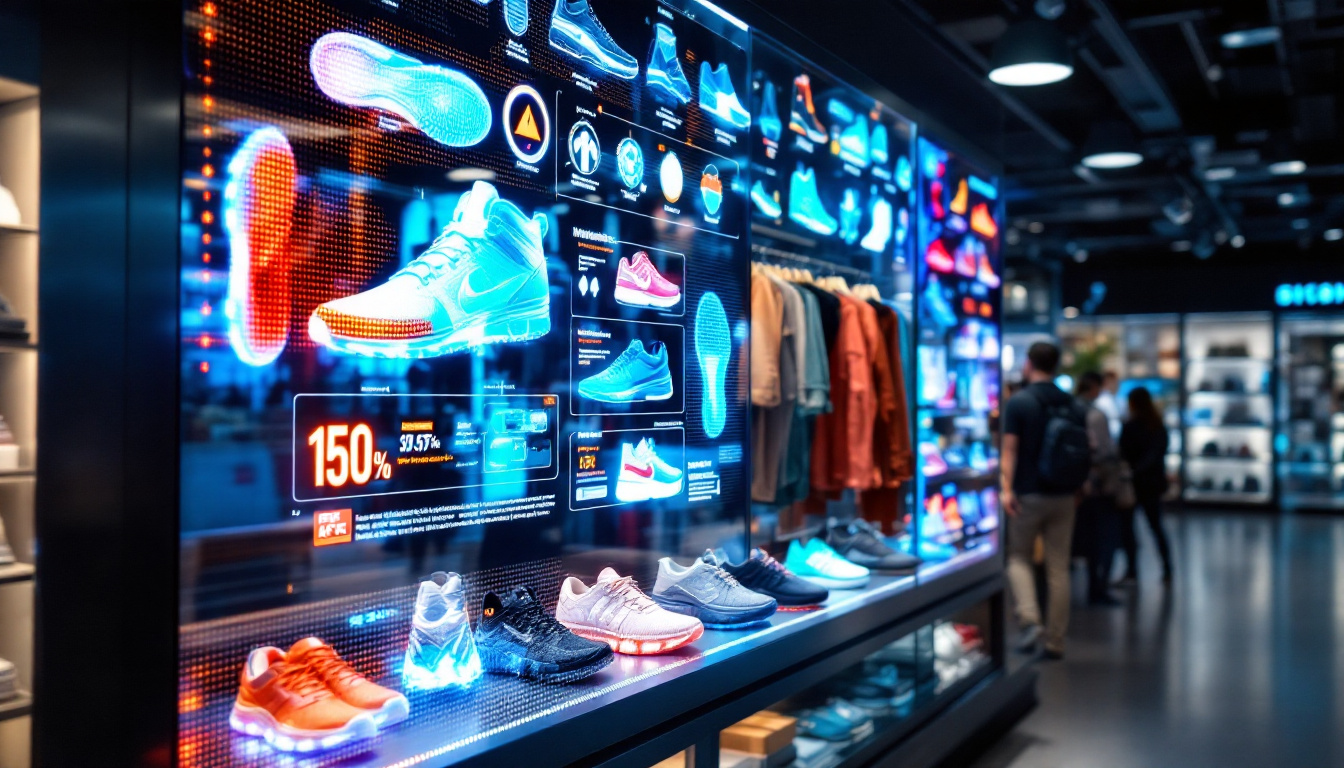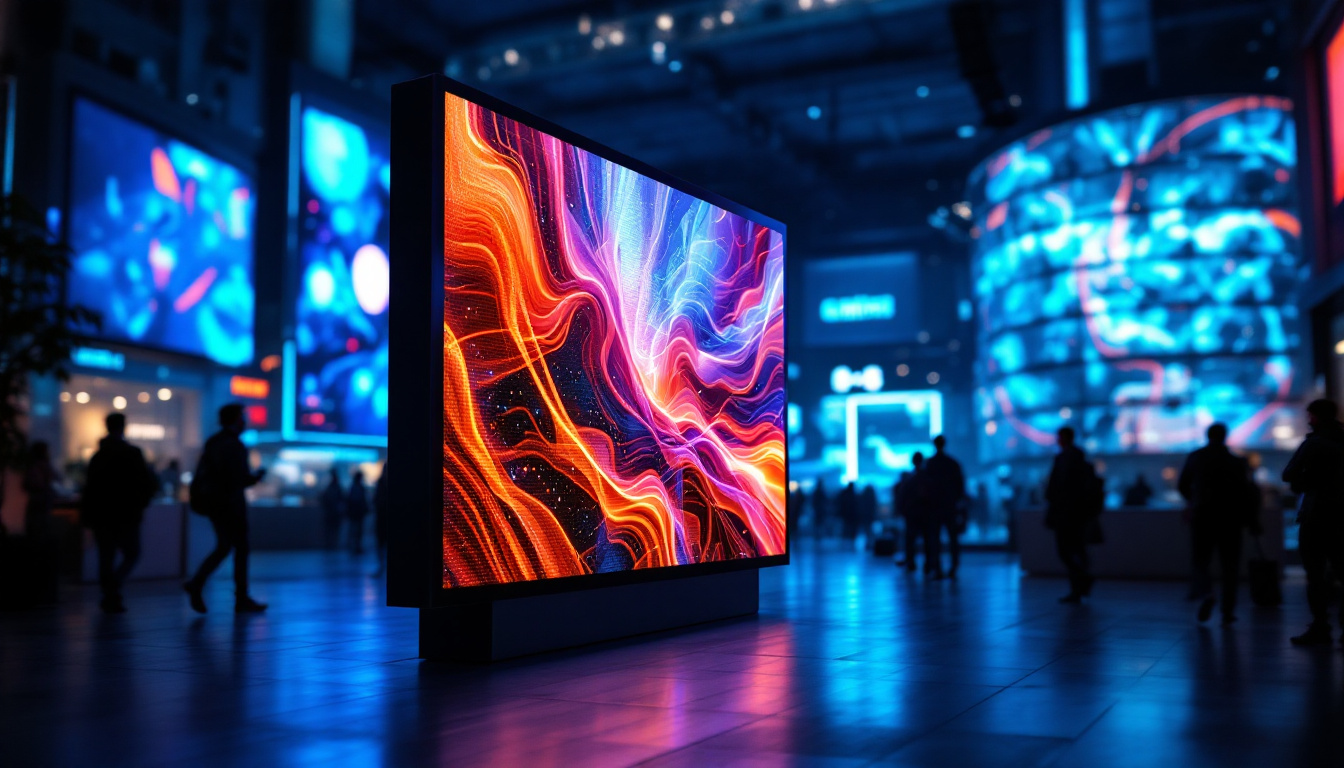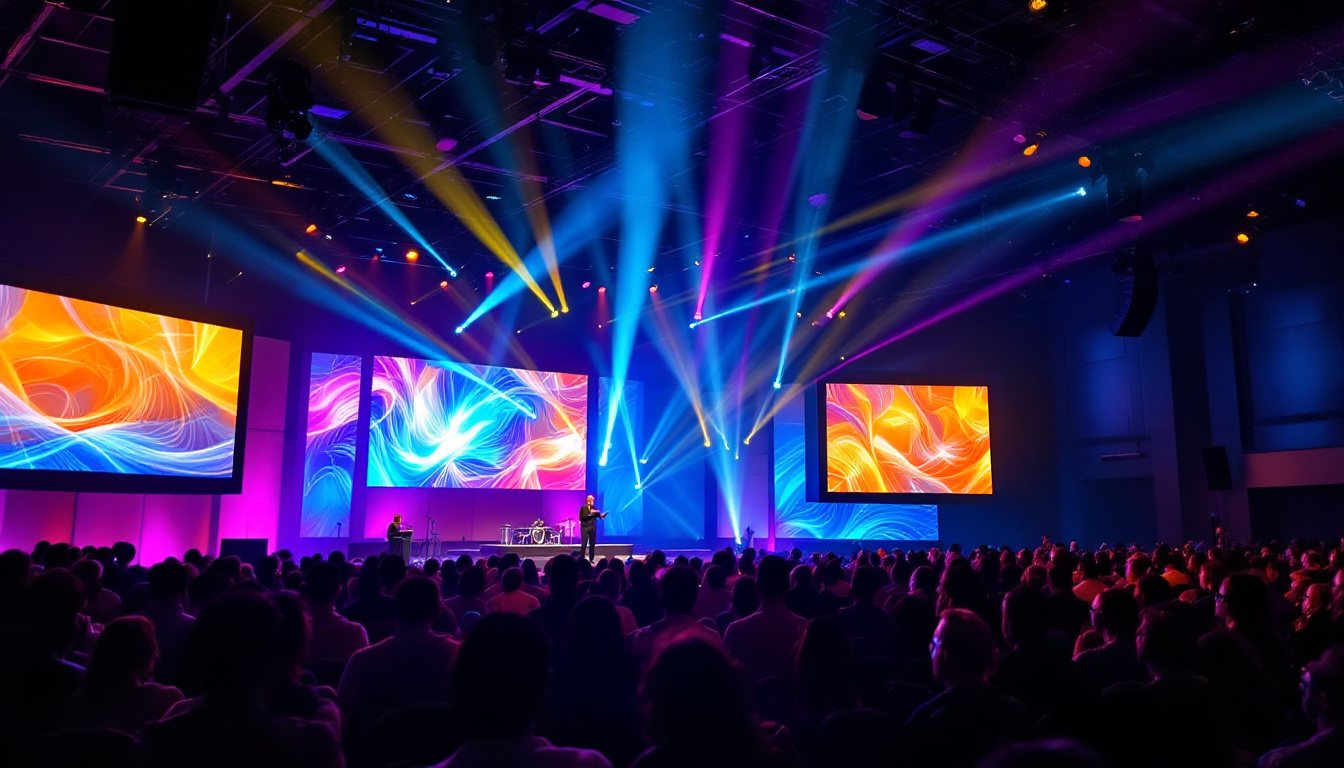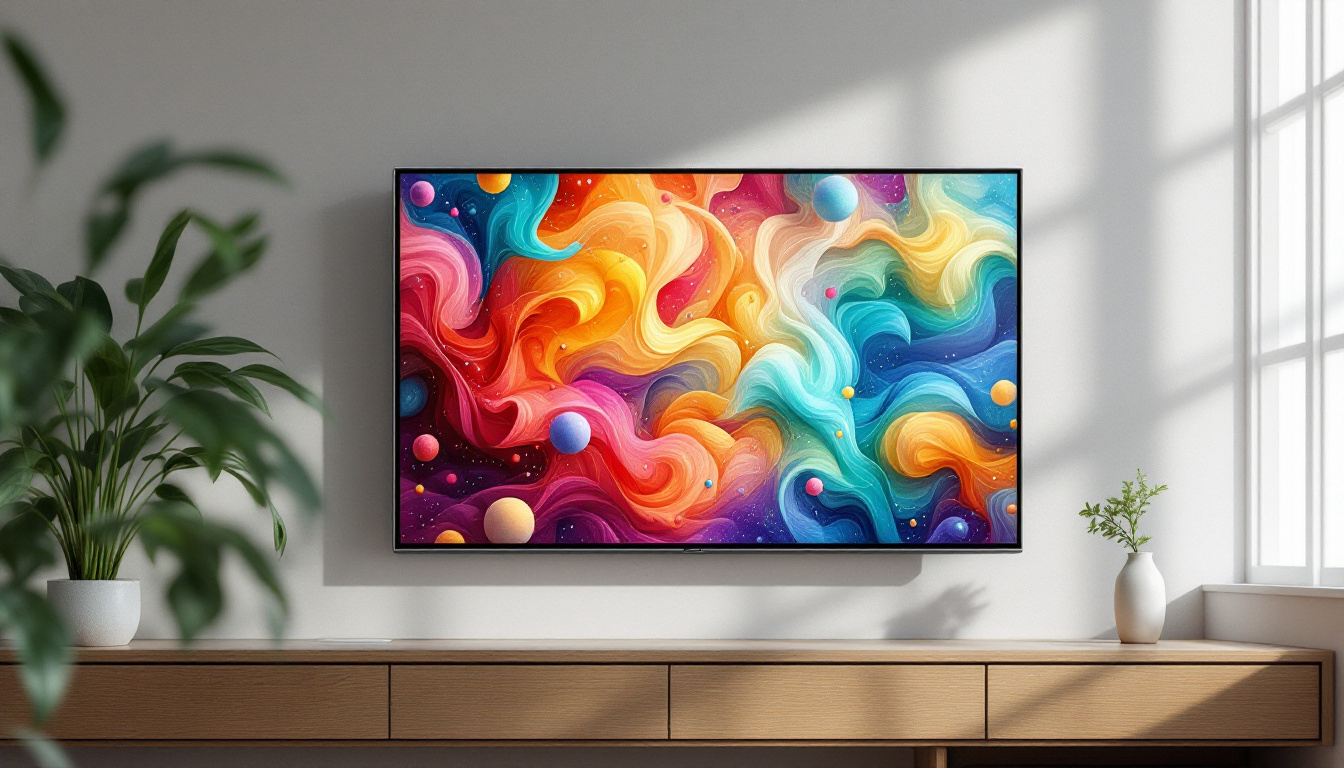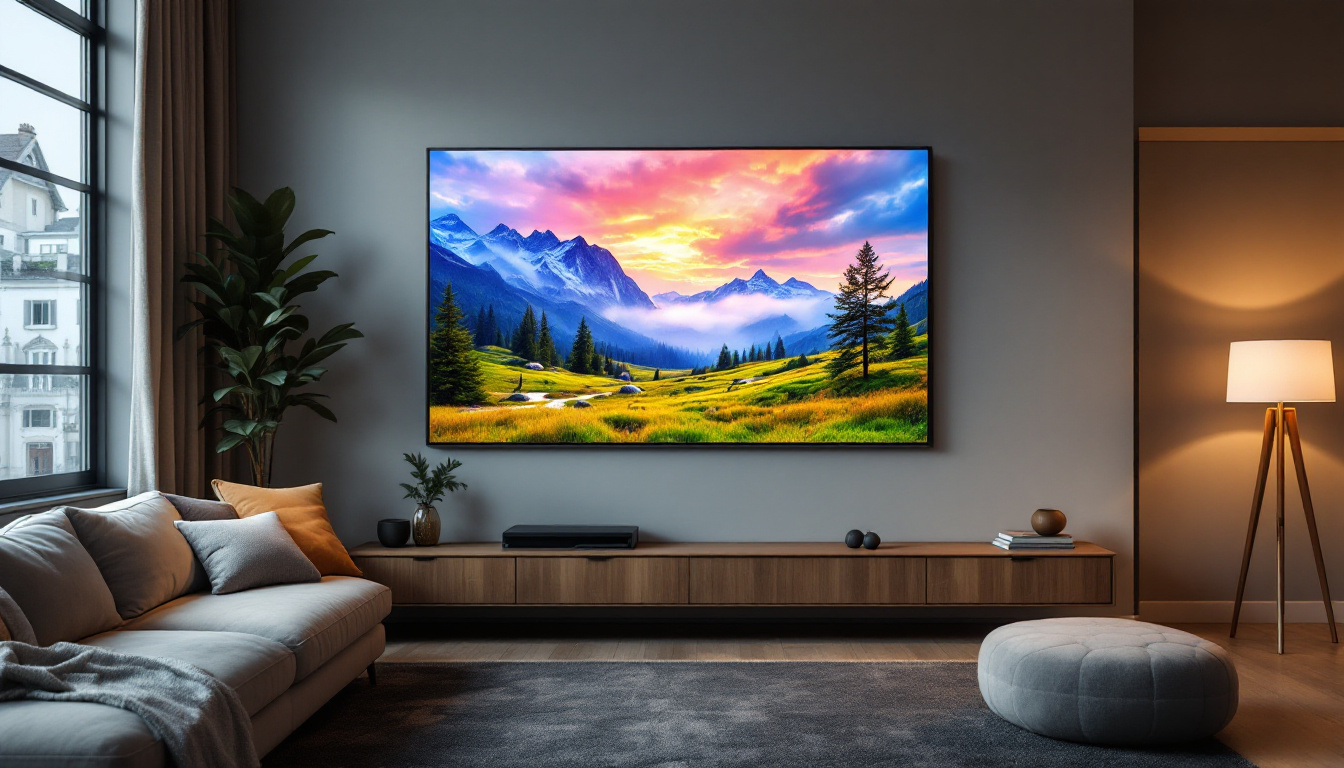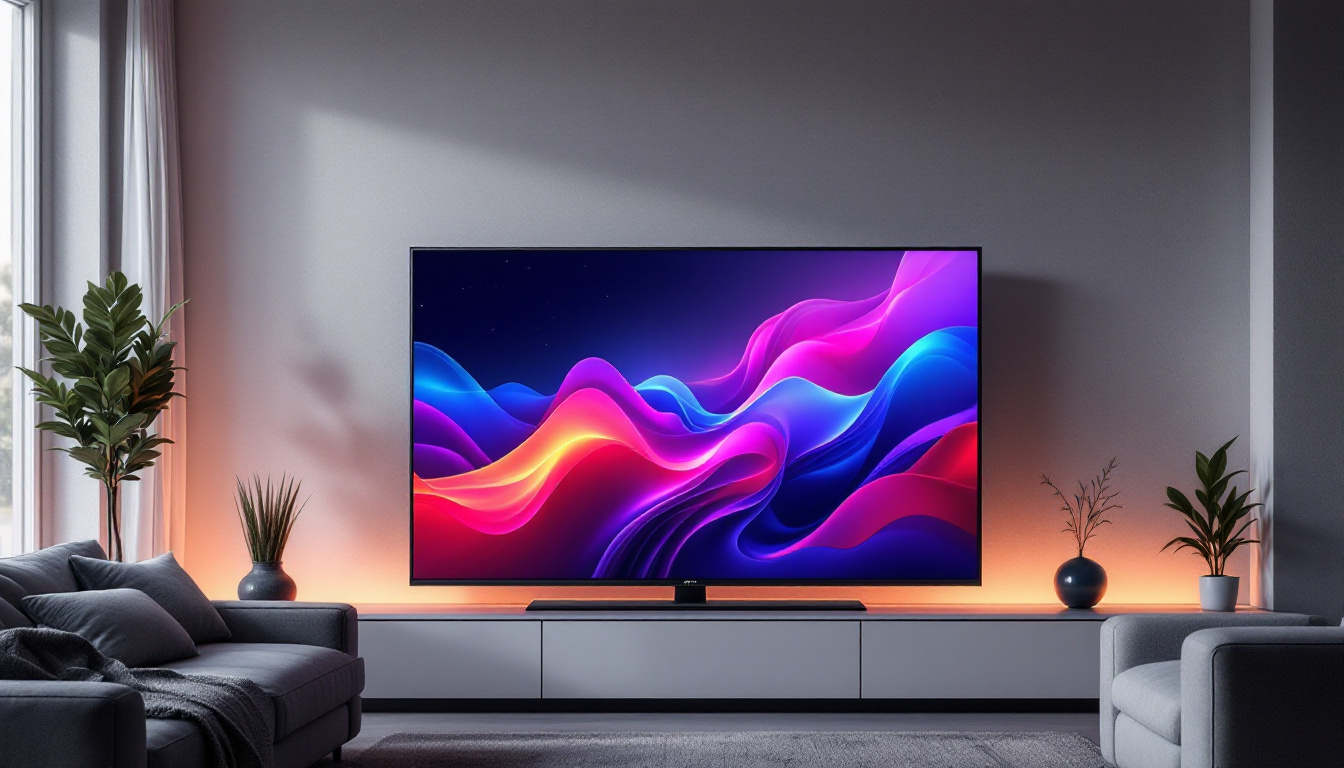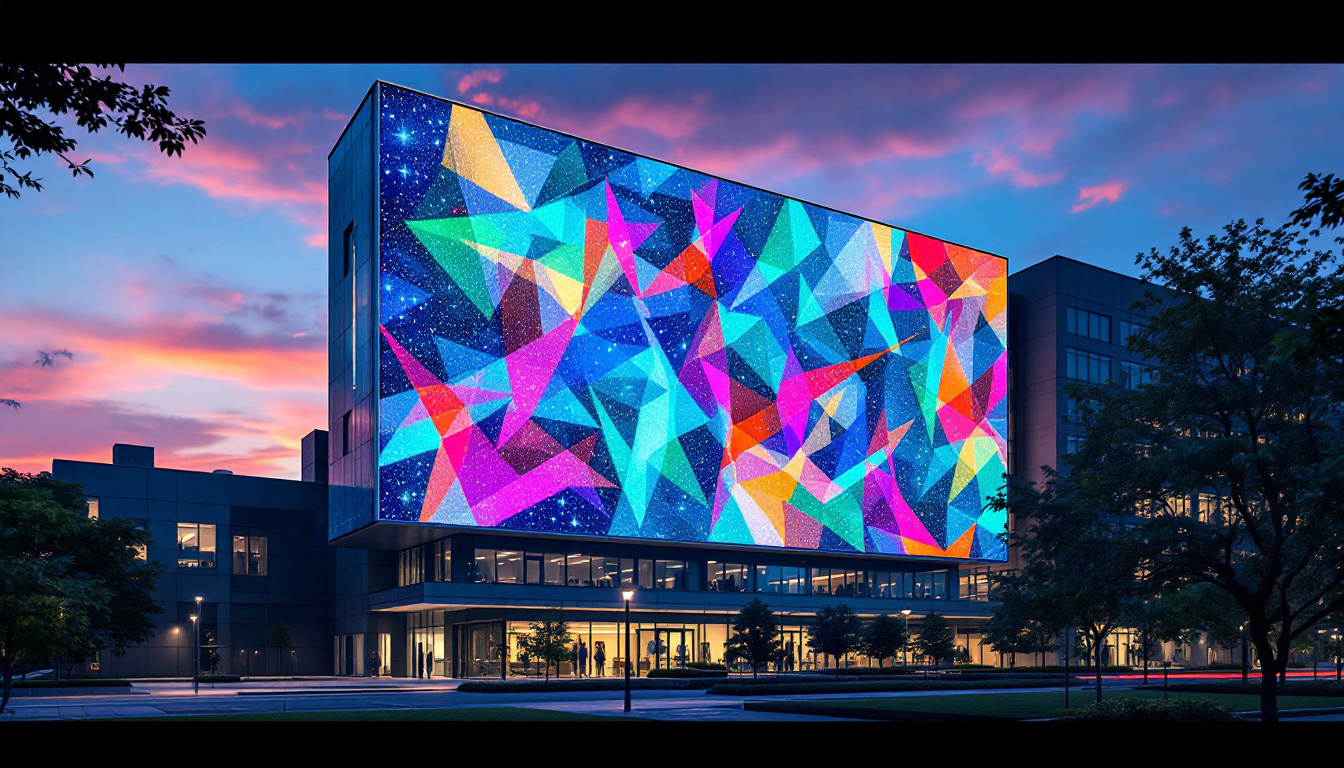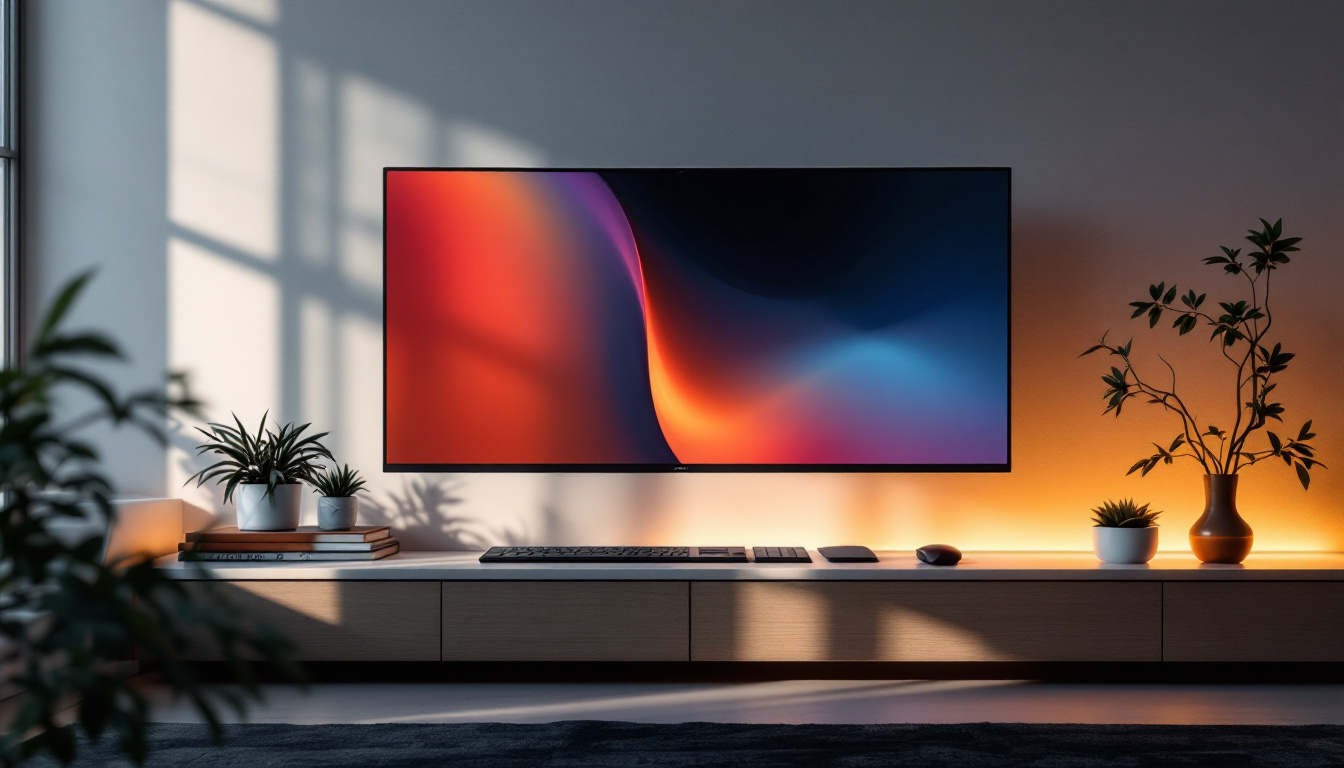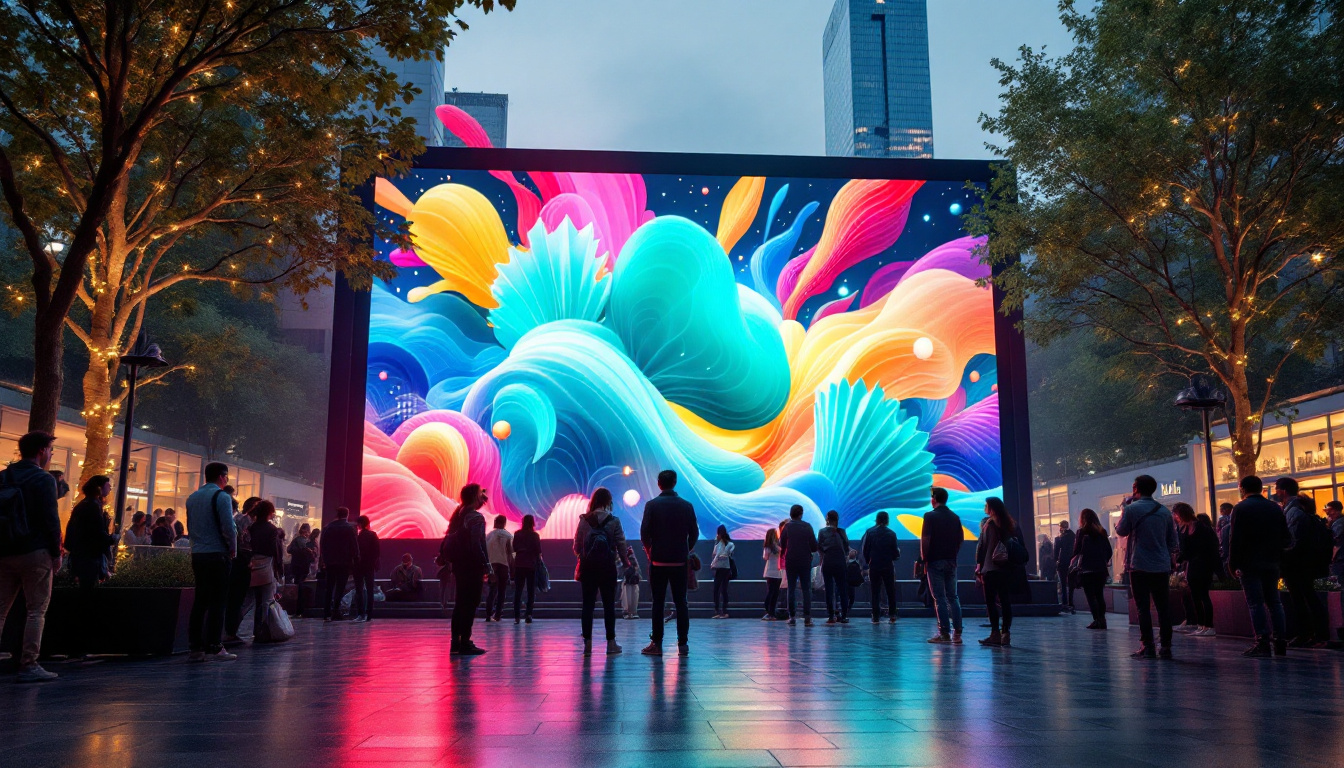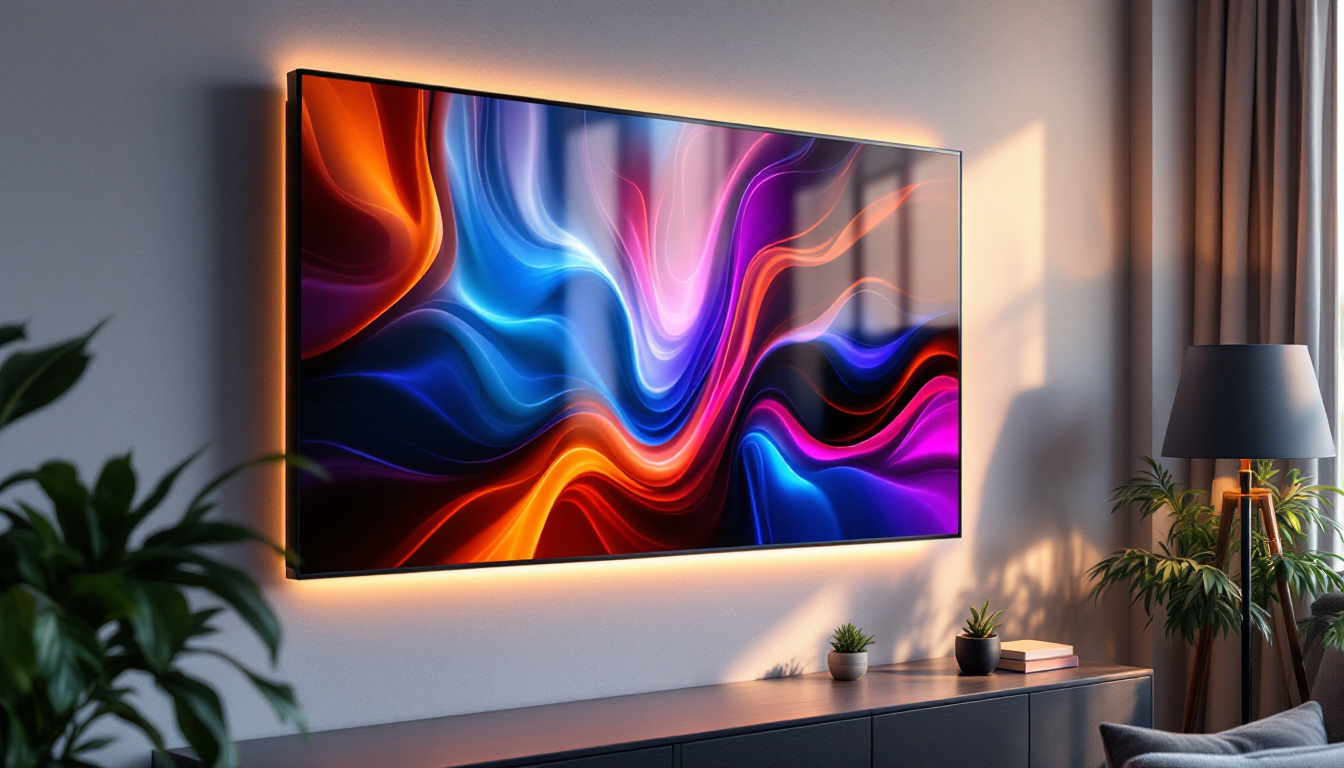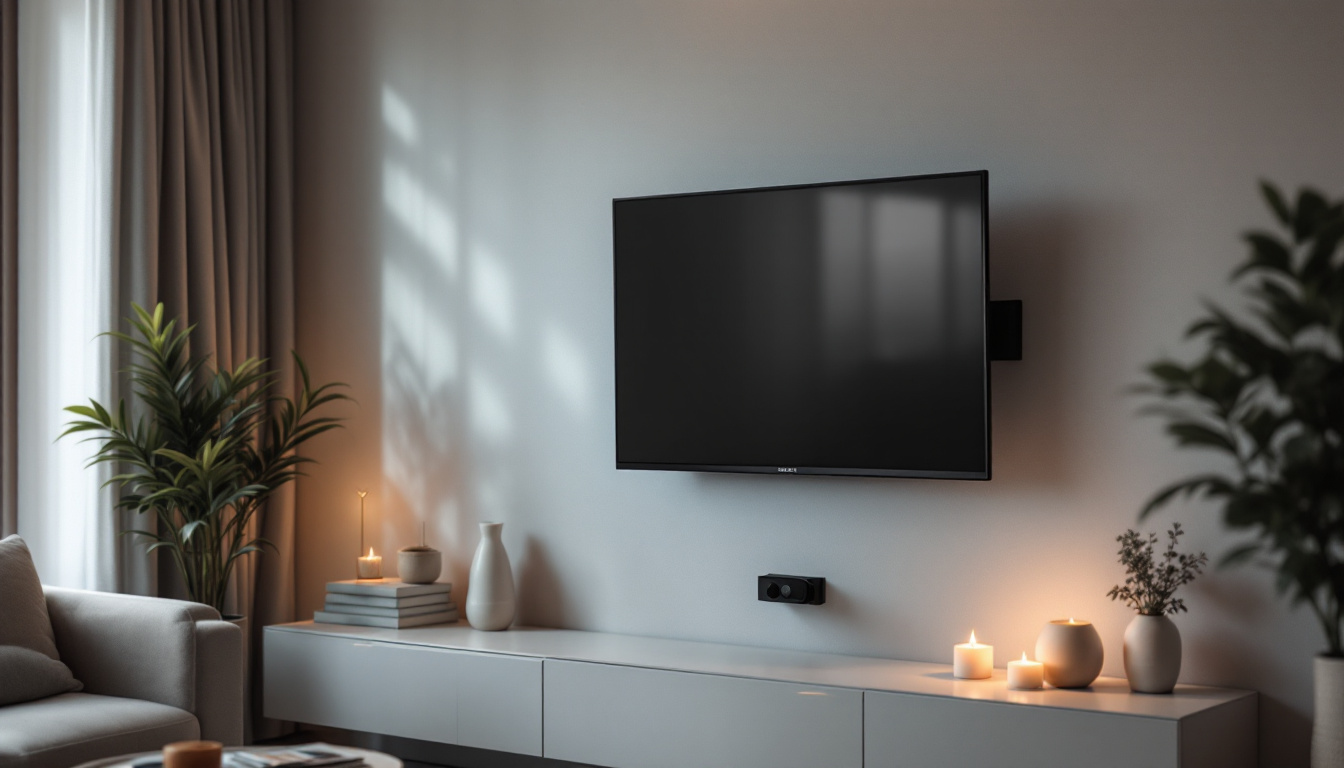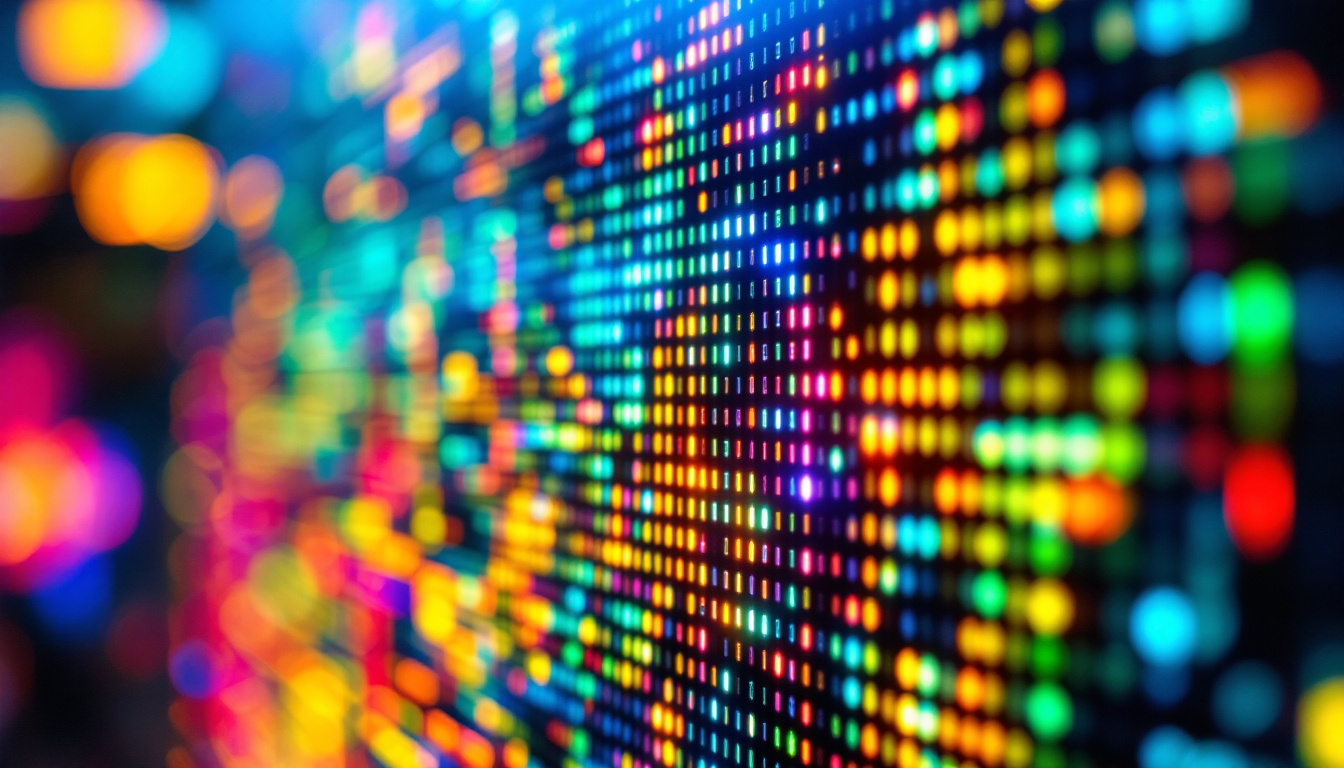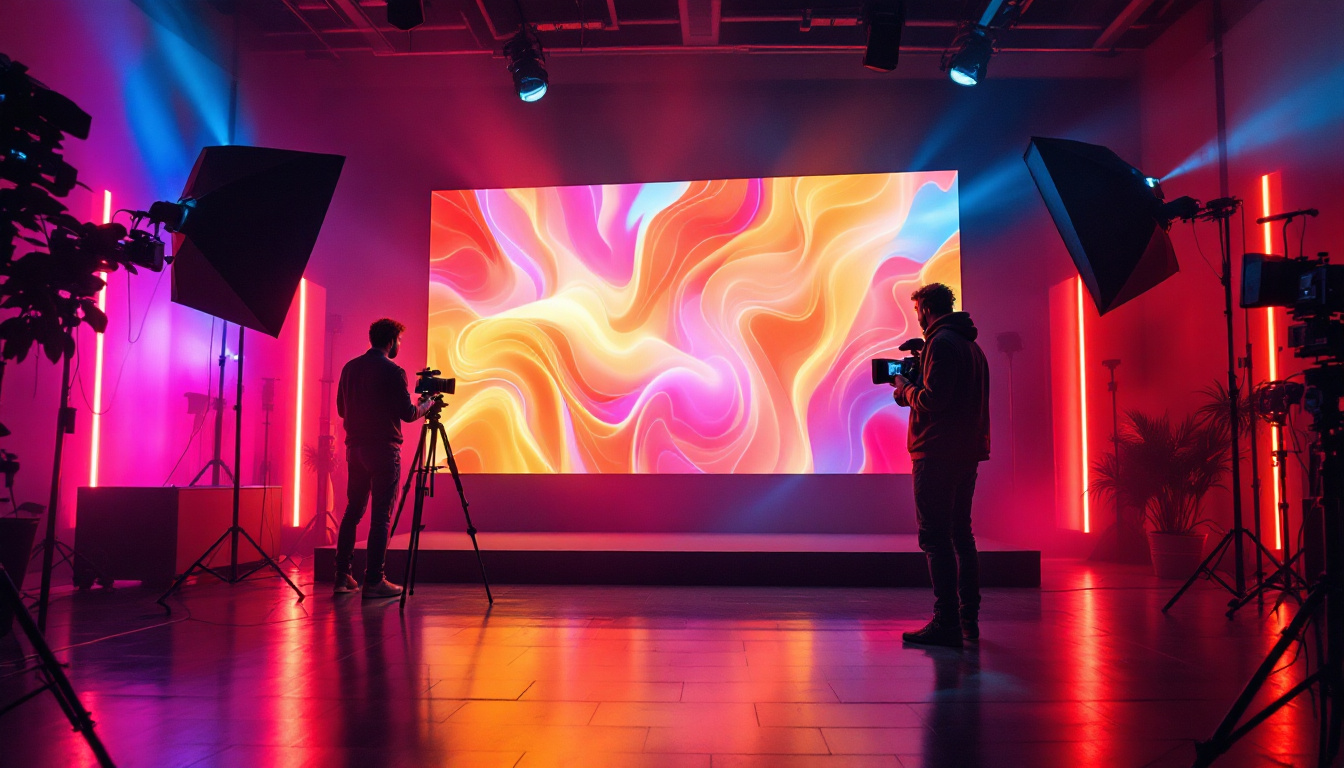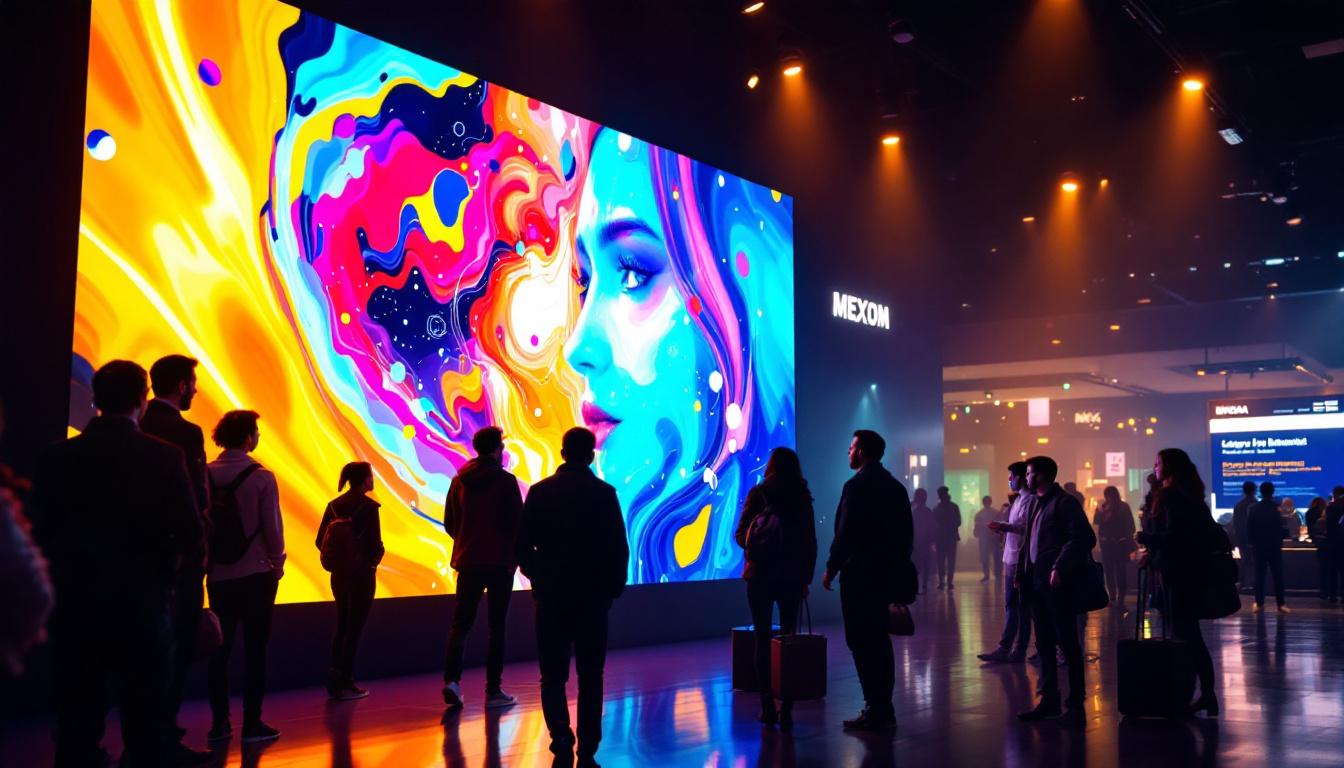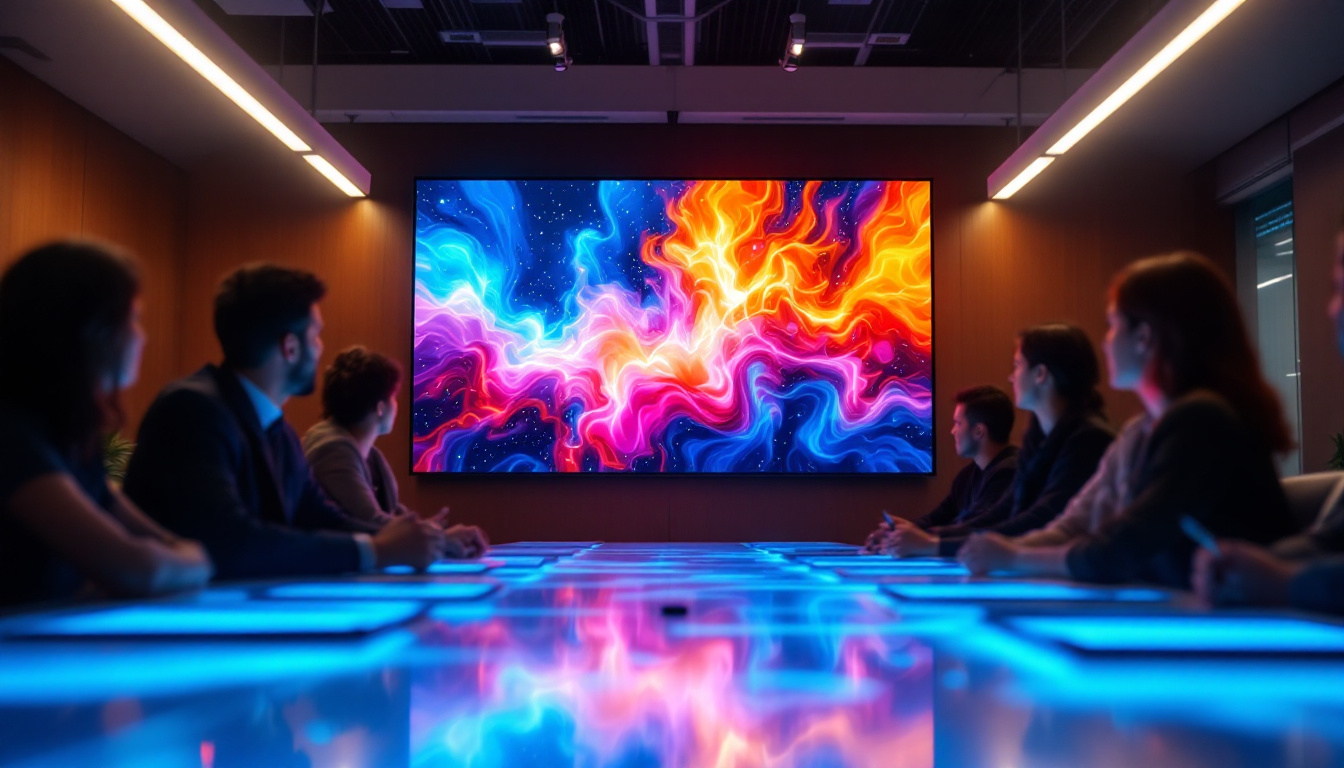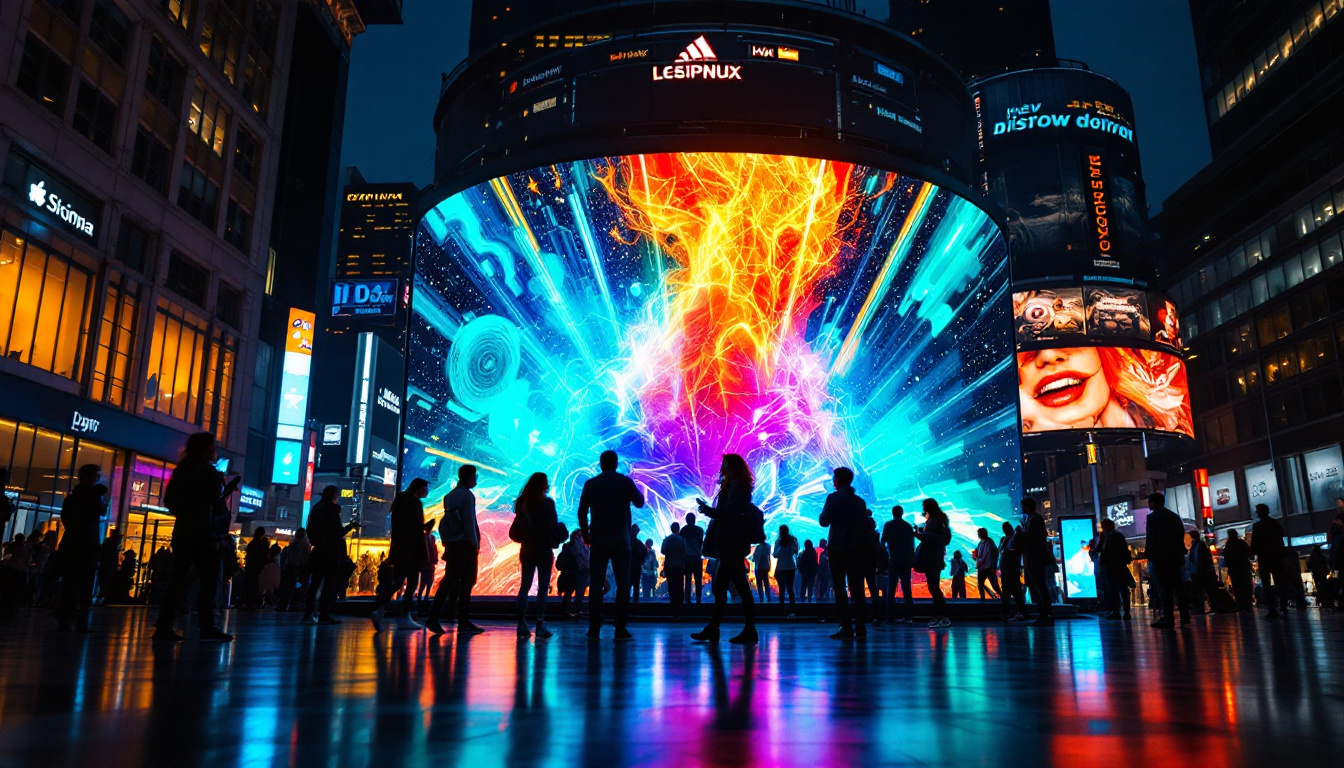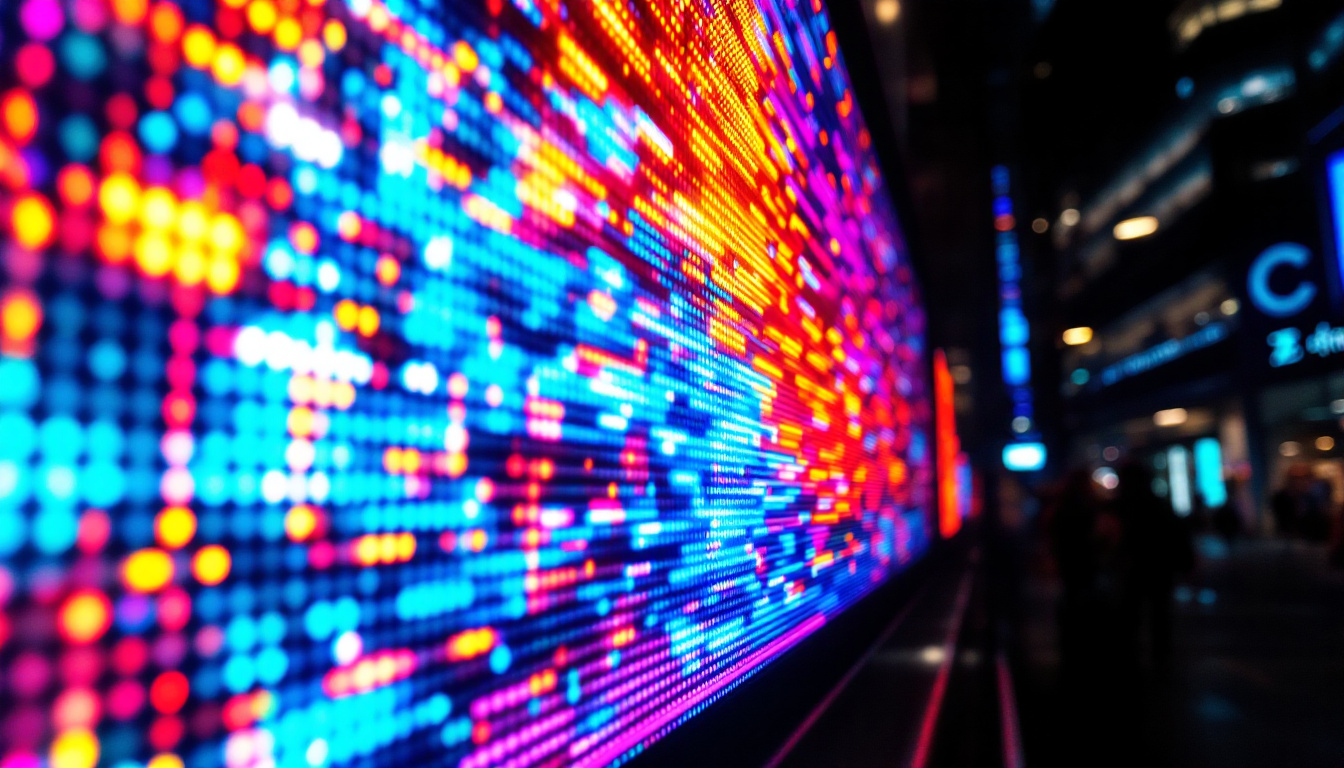In the world of technology, LED displays have become ubiquitous, gracing everything from televisions to smartphones. Understanding the specifications of these displays, including their size, is crucial for consumers and professionals alike. One common question that arises is how to convert display sizes, particularly when dealing with inches and millimeters. This article will delve into the specifics of a 9 32-inch LED display, converting it into millimeters and exploring its features, advantages, and applications.
Understanding Display Sizes
Display sizes are typically measured diagonally from one corner to the opposite corner. This measurement is usually given in inches, which can lead to confusion when trying to understand the actual size of the display in metric units. For those accustomed to the metric system, converting inches to millimeters is essential for a clearer understanding of the display’s dimensions. Additionally, knowing the display’s size can greatly influence your viewing experience, especially in environments where space is limited or where multiple displays are used in tandem.
Conversion Basics
The conversion from inches to millimeters is straightforward. One inch is equivalent to 25.4 millimeters. Therefore, to convert a display size measured in inches to millimeters, one simply multiplies the number of inches by 25.4. For example, a 32-inch display would be calculated as follows:
32 inches × 25.4 mm/inch = 812.8 mm
Understanding this conversion is particularly useful for those who are shopping for displays online, as many specifications are provided in inches. By converting these measurements, consumers can better visualize how the display will fit into their intended space, whether it be for gaming, professional use, or casual viewing.
Specifics of the 9 32-Inch Display
When discussing a 9 32-inch display, it is important to clarify what is meant by this term. Typically, this refers to a display that has a diagonal measurement of 32 inches, with the “9” possibly indicating a specific model or series. Understanding this context can help consumers make informed decisions when selecting a display. Furthermore, the specifications of the display, such as resolution, refresh rate, and panel type, can significantly impact the overall performance and suitability for various applications.
In the case of a 32-inch LED display, the overall dimensions in millimeters would be approximately 812.8 mm diagonally. However, the width and height of the display can vary based on the aspect ratio and design of the screen. For instance, a standard 16:9 aspect ratio display would typically measure around 700 mm in width and 393 mm in height. This aspect ratio is particularly popular for watching movies and playing video games, as it closely resembles the format used in most media. Additionally, many modern displays come with features such as ultra-thin bezels, which can enhance the viewing experience by minimizing distractions and maximizing screen real estate. As technology continues to evolve, understanding these nuances becomes increasingly important for consumers looking to invest in high-quality displays that meet their needs.
Aspect Ratios and Dimensions
The aspect ratio of a display refers to the proportional relationship between its width and height. Common aspect ratios for LED displays include 16:9, 4:3, and 21:9. The aspect ratio significantly impacts the overall dimensions of the display, influencing both its appearance and usability.
Common Aspect Ratios
For a 32-inch LED display, the most common aspect ratio is 16:9, which is widely used in televisions and computer monitors. This aspect ratio provides a wide viewing area, making it ideal for watching movies and playing video games.
To determine the width and height of a 32-inch display with a 16:9 aspect ratio, one can use the following calculations:
- Width = 32 inches × (16/√(16² + 9²))
- Height = 32 inches × (9/√(16² + 9²))
When calculated, the width is approximately 27.9 inches (707.6 mm), and the height is around 15.7 inches (398.4 mm). These dimensions provide a clearer picture of the display’s physical size.
Other Aspect Ratios
While 16:9 is the most prevalent, other aspect ratios like 4:3 and 21:9 are also worth mentioning. A 4:3 aspect ratio is often found in older televisions and some computer monitors, while 21:9 is popular for ultrawide monitors that enhance productivity and gaming experiences.
For a 32-inch display with a 4:3 aspect ratio, the width would be approximately 25.6 inches (651.8 mm), and the height would be around 19.2 inches (487.7 mm). In contrast, a 21:9 display would have a width of about 30.7 inches (778.2 mm) and a height of approximately 13.1 inches (333.4 mm).
Benefits of LED Displays
LED displays have gained popularity due to their numerous advantages over traditional display technologies. Understanding these benefits can help consumers appreciate the value of investing in an LED display.
Energy Efficiency
One of the most significant benefits of LED displays is their energy efficiency. Compared to older technologies like LCD and CRT, LED displays consume less power, making them a more environmentally friendly option. This efficiency not only reduces electricity bills but also contributes to a lower carbon footprint.
Brightness and Color Quality
LED displays are known for their exceptional brightness and color quality. They can produce vibrant colors and deep blacks, enhancing the viewing experience. This is particularly important for applications such as gaming and graphic design, where color accuracy is crucial.
Additionally, LED displays have a wider color gamut, allowing them to display a broader range of colors compared to traditional displays. This feature is especially beneficial for photographers and videographers who require precise color reproduction.
Applications of 32-Inch LED Displays
32-inch LED displays are versatile and can be used in various settings. Their size makes them suitable for both personal and professional use, catering to a wide range of needs.
Home Entertainment
In the realm of home entertainment, a 32-inch LED display is an excellent choice for watching movies, playing video games, and streaming content. Its size is perfect for smaller living rooms or bedrooms, providing an immersive viewing experience without overwhelming the space.
Many consumers opt for 32-inch displays for their gaming consoles, as they offer a good balance between screen size and resolution. This size allows for comfortable viewing distances, ensuring that players can fully engage in their gaming experience.
Professional Use
Beyond home entertainment, 32-inch LED displays are also widely used in professional environments. They are commonly found in offices for presentations, video conferencing, and collaborative work. Their clear visuals and vibrant colors enhance communication and productivity in the workplace.
Moreover, these displays are used in retail settings for digital signage, attracting customers with eye-catching visuals. Their compact size makes them easy to install in various locations, from storefronts to kiosks.
Choosing the Right 32-Inch LED Display
When selecting a 32-inch LED display, several factors should be considered to ensure that the chosen model meets the user’s needs. Understanding these factors can help consumers make informed decisions.
Resolution
Resolution is a critical aspect of any display. For a 32-inch LED display, common resolutions include Full HD (1920 x 1080) and 4K (3840 x 2160). Full HD is suitable for most everyday tasks, while 4K offers superior detail and clarity, making it ideal for high-definition content and professional use.
Choosing the right resolution depends on the intended use of the display. For gaming and media consumption, a higher resolution may enhance the experience, while for basic office tasks, Full HD may suffice.
Connectivity Options
Connectivity options are another important consideration. A good 32-inch LED display should offer multiple input options, such as HDMI, DisplayPort, and USB-C. This versatility allows users to connect various devices, including computers, gaming consoles, and streaming devices.
Additionally, built-in features like Wi-Fi and Bluetooth can enhance the display’s functionality, enabling wireless connections and smart features.
Maintenance and Care
Proper maintenance and care can extend the lifespan of a 32-inch LED display, ensuring that it continues to perform at its best. Understanding how to care for these displays is essential for users.
Cleaning the Screen
Cleaning the screen regularly is crucial to maintaining image quality. It is recommended to use a microfiber cloth and a gentle cleaning solution specifically designed for electronics. Avoid using harsh chemicals or abrasive materials, as these can damage the screen.
Additionally, it is advisable to turn off the display before cleaning to prevent any potential damage and to ensure a thorough clean.
Proper Placement
Placement of the display is also important. It should be positioned at eye level to reduce strain on the neck and eyes. Ensuring that the display is in a well-ventilated area can prevent overheating, which can affect performance and longevity.
Moreover, avoiding direct sunlight exposure can help maintain the display’s color quality and prevent any potential damage from UV rays.
Conclusion
Understanding the specifications and features of a 9 32-inch LED display is essential for consumers looking to make informed decisions. By converting the size into millimeters and exploring the various aspects such as aspect ratios, benefits, applications, and maintenance, users can appreciate the value of these displays.
Whether for home entertainment, professional use, or digital signage, a 32-inch LED display offers versatility and quality that meets a wide range of needs. By considering factors such as resolution and connectivity options, users can select the right display that suits their requirements, ensuring a satisfying viewing experience.
In a rapidly evolving technological landscape, LED displays continue to be a popular choice, providing stunning visuals and energy efficiency. As consumers become more aware of their options, the demand for high-quality displays will only continue to grow.
Discover LumenMatrix’s Advanced LED Display Solutions
Ready to elevate your visual experience with the latest in LED display technology? LumenMatrix is at the forefront of innovation, offering a diverse range of LED display modules tailored to your unique needs. From captivating Indoor and Outdoor LED Wall Displays to dynamic Vehicle and Sports LED Displays, our solutions are designed to enhance brand visibility and create immersive visual experiences. Explore our cutting-edge options like the LED Poster Display, Floor LED Display, Custom LED Displays, All-in-One LED Display, and LED Transparent Display. Embrace the future of visual communication with LumenMatrix and let your message shine with unparalleled clarity and impact. Check out LumenMatrix LED Display Solutions today and transform the way you engage with your audience.

